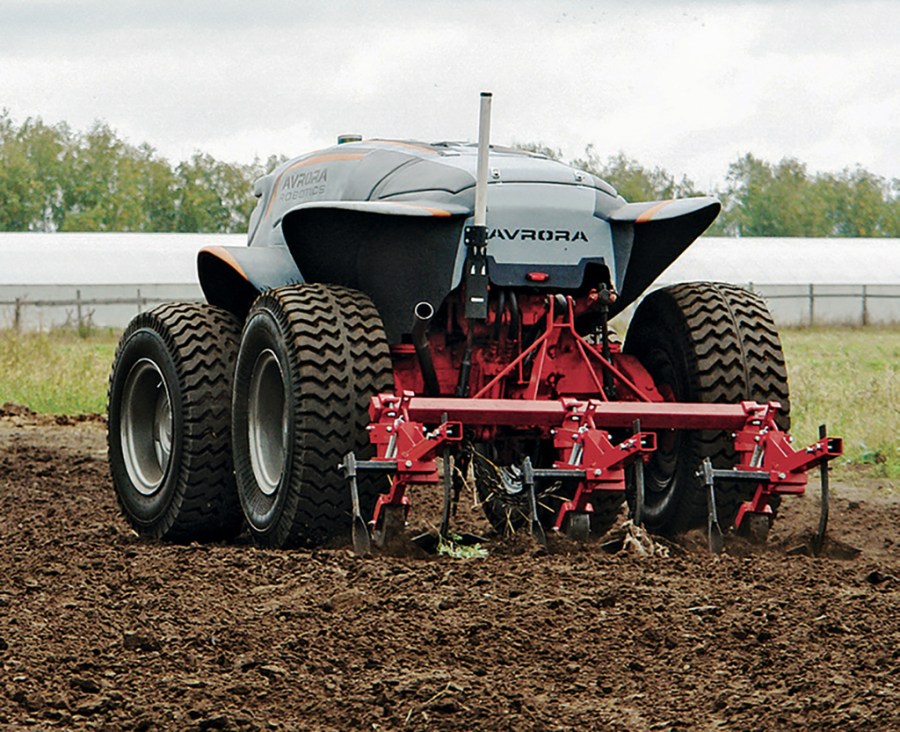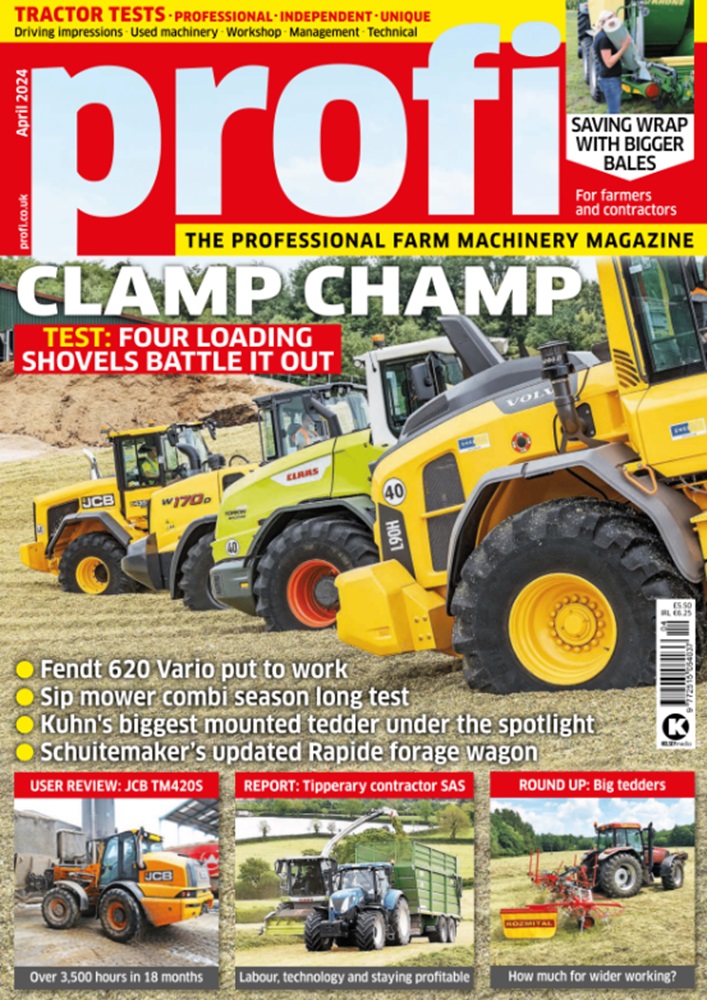It’s a pretty safe bet that every major tractor maker and more than a few research companies are interested in developing a viable driverless tractor. On some levels it’s a neat nut to crack, not least as a way to solve the problem of finding skilled labour where availability is hard to come by. The options on where to start development are simple: either modify conventional machinery or build something from the ground up, and, while Avrora Robotics’s AgroBot falls in the second camp, the company says the control systems it uses could potentially be installed in any tractor.
I t’s a pretty safe bet that every major tractor maker and more than a few research companies are interested in developing a viable driverless tractor. On some levels it’s a neat nut to crack, not least as a way to solve the problem of finding skilled labour where availability is hard to come by. The options on where to start development are simple: either modify conventional machinery or build something from the ground up, and, while Avrora Robotics’s AgroBot falls in the second camp, the company says the control systems it uses could potentially be installed in any tractor.
Progress depends on integrating two different areas — the tractor and its automation. The AgroBot employs conventional sensors to gather data on its surroundings (CCTV cameras, 2D and 3D scanners, GLONASS GPS) and then directs the tractor’s mechanical steering, brakes and hydraulics via computer. All electronics are tidily housed under covers. Before setting off to the field, the controller is fed info on the work to be done and where to do it via a data stick. On arrival, the tractor’s sensors keep tabs on the unit’s position, its speed and travel direction and on implement behaviour. As yet, though, operation is not autonomous.
That is, the outfit needs to be controlled and steered by a remote operator via a graphical interface.
[Download the PDF below to read the rest of this article]
For more up-to-date farming news click here and subscribe now to profi and save






